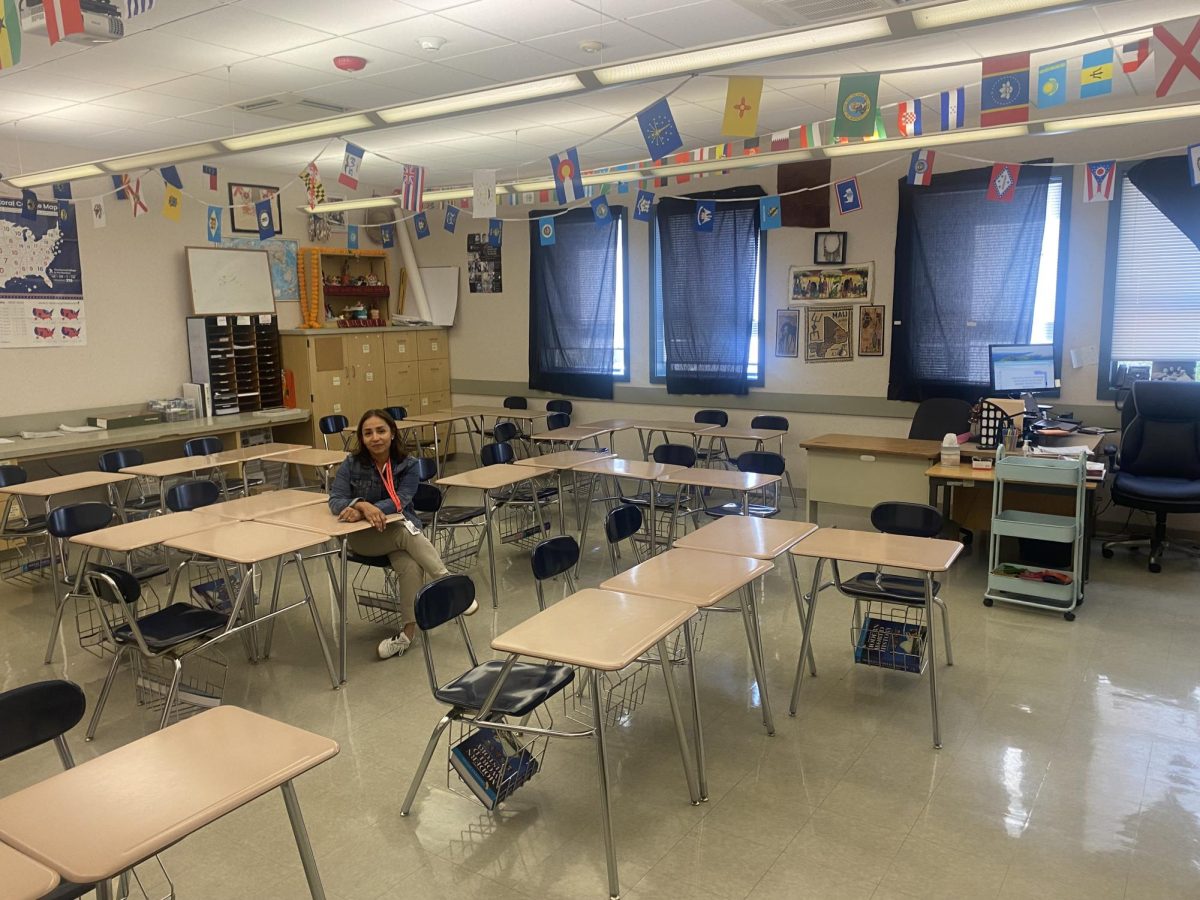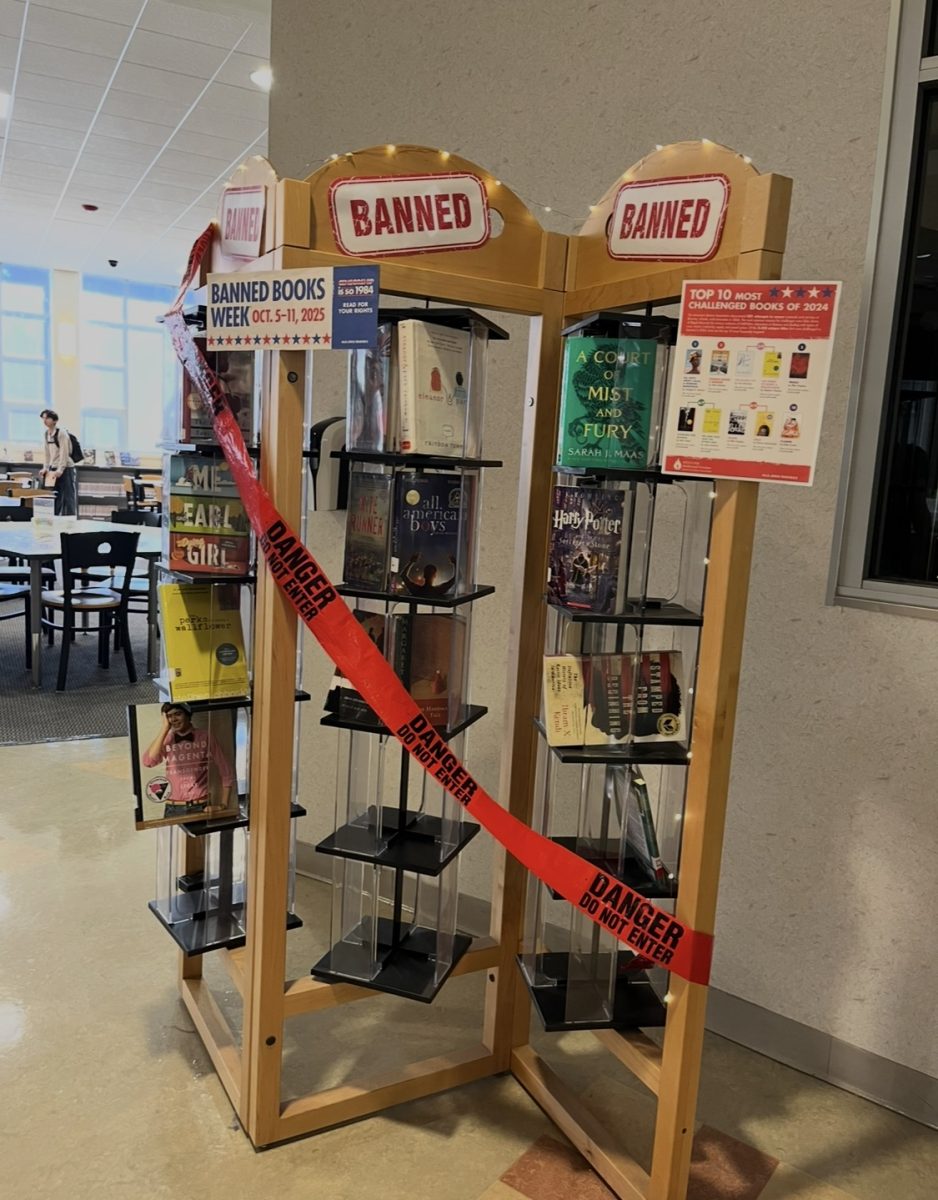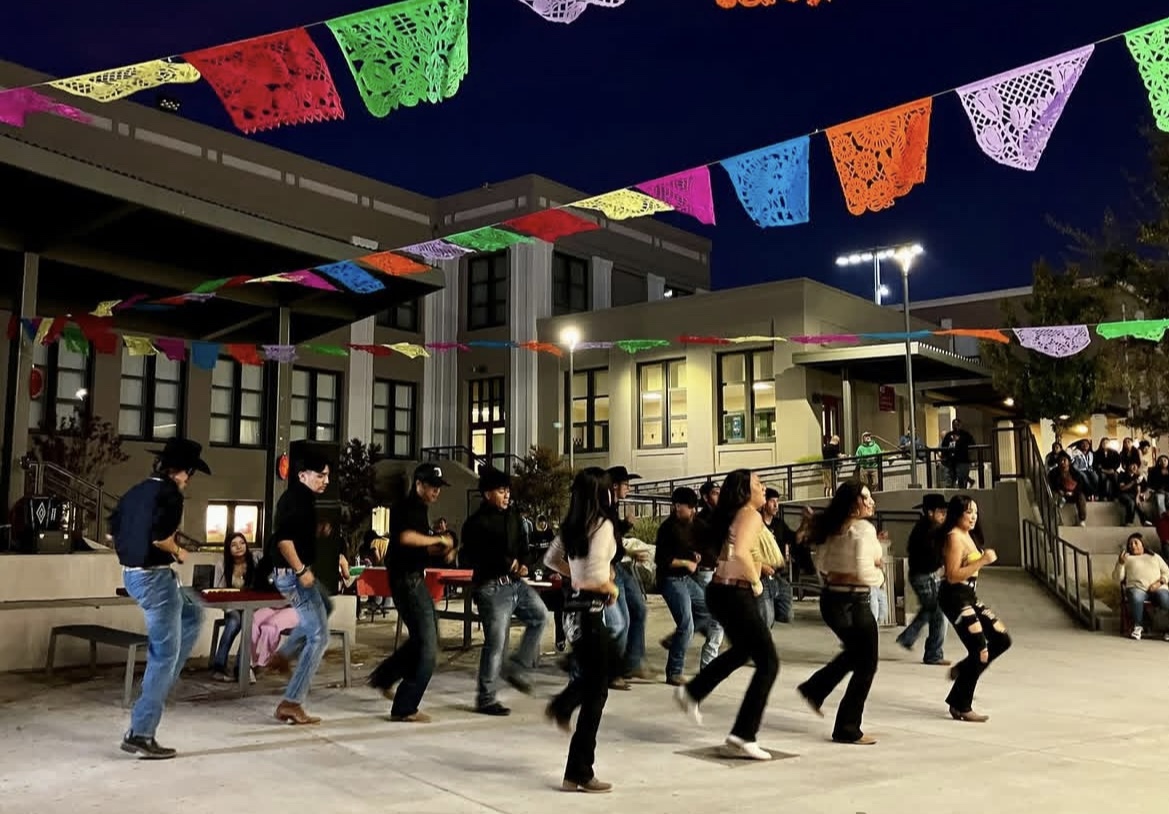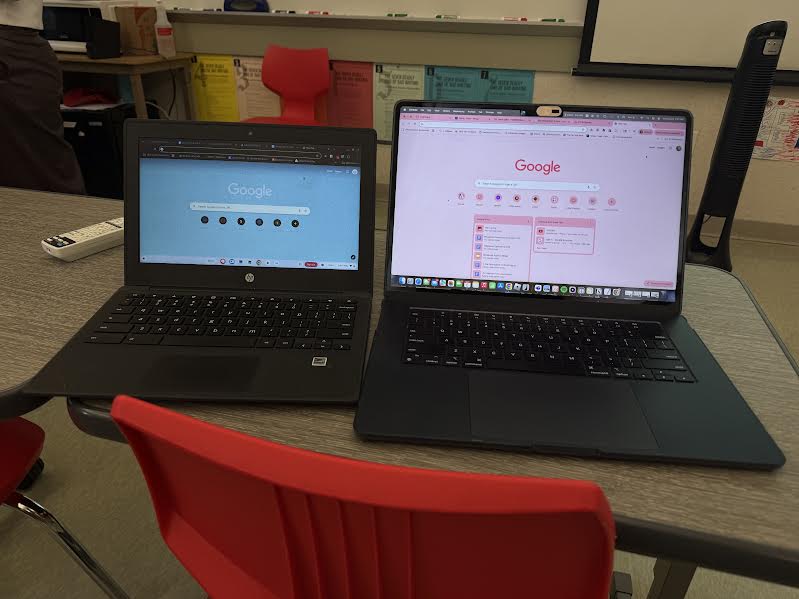A student at San Rafael high school, Gael Contreras, was suspended in the 5th grade for a fight he says he didn’t even start. “I was punched first; I don’t think I should have had a punishment because he initiated it,” said Gael. “Yeah, so I retaliated, but it was in a form of self-defense.” He feels like his suspension was unfair and should have at least been an in-school suspension. “Admin handling the situation didn’t see past the issue; they were not understanding at all,” he said.
I can easily see why a student would become detached. The school system isn’t providing students with the needs necessary to positively reinforce action within a school suspension. It may be easy for administrators to send students home, but for a student who simply doesn’t care or mind at all, being sent home is a small vacation.
According to data collected by the California Department of Education, suspension rates have been higher in most recent years. Accounting for the 2021–2022 school year, San Rafael City Schools ended the year with 211 suspensions, for a total of 843 suspensions in Marin County alone. For the state of California, suspensions have been at their highest rates with 277,362 suspensions statewide.
Suspensions have been used as a common form of discipline in schools for years. Students facing suspensions have committed acts of harm to themselves and others as schools might say. Disconnecting children from education is simply the largest mistake that any schooling system can perpetuate.
Suspensions are damaging and have been shown to be counterproductive; they do not stop disruption from occurring in classrooms, but only further dig a student’s future into a grave.
A study by Disability Rights North Carolina, “Stop Suspending Students from School—It’s Counterproductive,” shows that 10% of students who are suspended or expelled drop out of school, compared with only 2% of students who are not suspended or expelled. This study showcases the damage school suspensions are costing our future people. Applying to colleges, or even jobs might be hard when you have no high school diploma. Students who are suspended are more than likely to completely give up on themselves.
“Those who come out of suspensions have this mentality stuck in their heads: I’m a bad kid, and others think I’m a bad kid, so I might as well live out this narrative others have of me,” said Ms.Verheecke, who teaches social studies and student advocacy at San Rafael High School.
Feeling like a burden at your school is something that a student should never have to feel. Most students use school as an outlet, all students should be able to feel comfortable knowing that their school is doing the best they can to help. Others reflect their pain and struggles within school due to having no support system at home.
SRHS does its best to try to advocate for those who are facing the repercussions of suspensions. There are many forms of support systems here on campus, including the Wellness Center, student-lead groups, and classes that come up with alternative suspension plans. One school does not make up for the 115,576 schools across the United States, although enforcing these types of support in each and every school would be very effective.
Within the time frame of a five-to-seven-day suspension, students aren’t gaining an education and oftentimes get themselves into more trouble. “I spent my days at home doing nothing; I didn’t want to be at school; I would rather be at home doing nothing,” said Riley Smith, a freshman student at SR who was suspended for five days. Those who have been deemed troubled by the school feel the need to fit the false narrative others may imply. It’s becoming more common for students to want to be suspended.
“I spent my days at home sleeping and playing video games,” said Gael. Students aren’t learning the repercussions of their actions when being sent home, especially when it’s multiple days on end. Having that time where no education is being taught is not beneficial to the student and overall creates struggles within grades, attendance, and teacher connections.
In an article by neaToday, “School Suspensions Lead to Stark Losses in Instructional Time,” a new report reveals that over 11 million learning days are lost to out-of-school suspension. Students typically get 160–180 school days in a year; cutting that down would take away their ability to gain useful information that would better their future. One of the many questions college applications ask students who apply is, “Have you ever been found responsible for a disciplinary violation at any educational institution you have attended?” This question is asked amongst all colleges. Some colleges might deny admission; it’s a risk depending on the severity of the issue, although suspension will be on your academic record forever following you around.
“Some suspensions are completely out of our hands; depending on the violation, the school is left without a choice but to suspend the student,” said Ms. Sonenberg, MTSS coordinator. In the case of a student who would be breaking the law or doing harm to others, I could see why a suspension would be needed. Although I do believe in chances, all students should be given a time period in which they can choose to improve themselves and to be able to identify the issue that they caused if the student does not show signs of improvement by the end of the time period. Then the student should be sent to a school that better meets their needs.
Systems put in place, such as in school suspensions, student advocacy classes, student lead groups, trusted adults, and wellness services are all ways to reinforce bad behaviors but also help students become involved in their community. By gaining a learning experience out of something negative students are more likely to understand why bad behavior is not effective in any way, positively helping them see the main issue would change their perspective on the way they do things in the future.
There are root causes for behavior in which the public school system does not do its best to advocate for students to receive help. Sending a student home spreads a detrimental message: that the school doesn’t want them. Suspensions deter academic success, later leading to a ripple effect that harms the overall well-being of a person. Approaching students in a more involved way would change the rate of suspended students, overall shorten crime, and strengthen graduation rates, improving the public school system as a whole.








































Sarah • Feb 26, 2024 at 2:39 pm
Great. I totally agree. Often times students are also often delighted to have time off school, from what I’ve heard.
James McEntagart • Jan 17, 2024 at 3:00 pm
Wow! This article is so well written!
Rolando Mejia • Jan 16, 2024 at 2:05 pm
Your opinion is so spot on! I agree completely 🙂 great job.